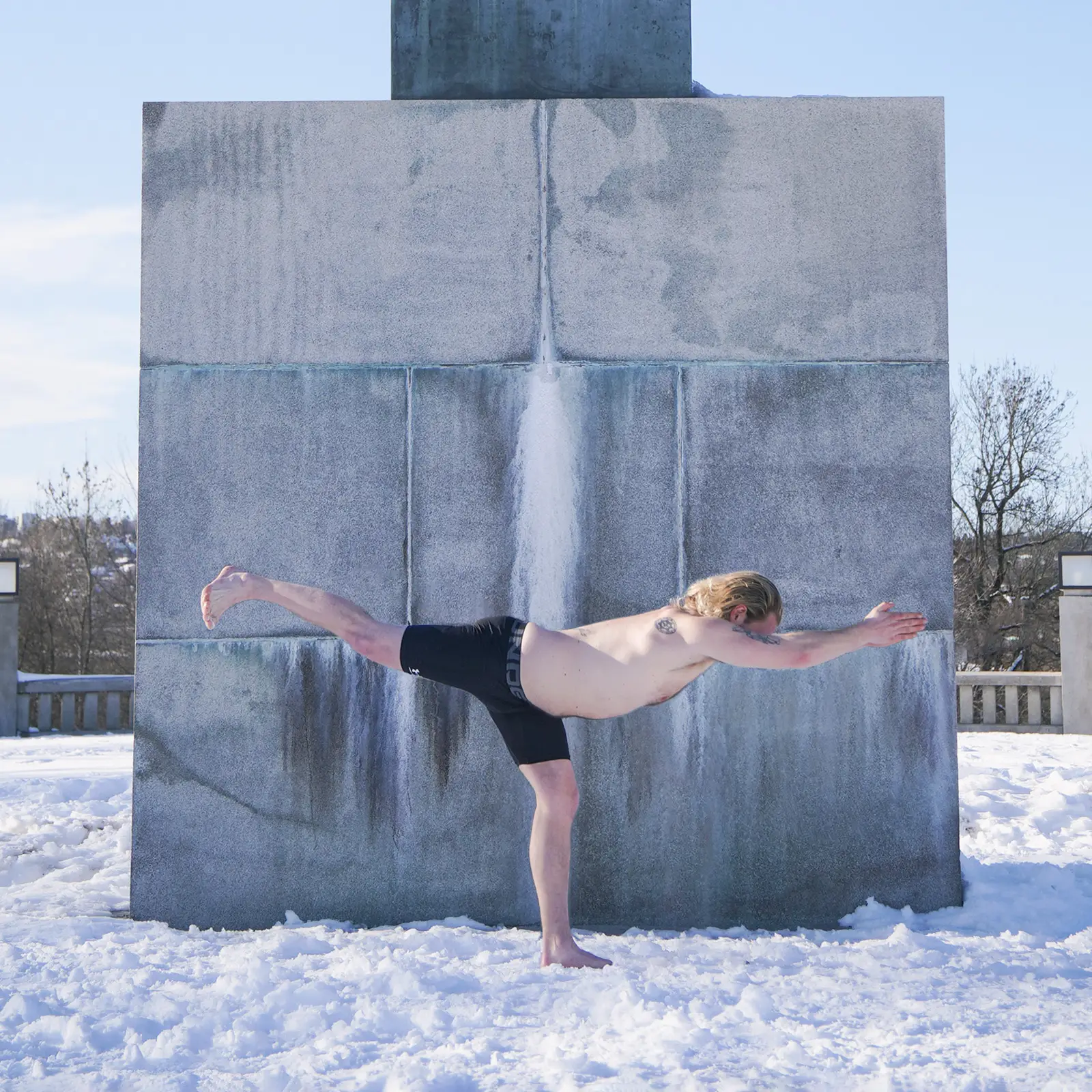Yoga, as a philosophy and practice, is based on the thesis that atman and brahman are identical. The sole aim of yoga is to facilitate an experience wherein this can be understood. This, in yoga, constitutes liberation. This is vital to understand. All yogic positions, breathing techniques, mantras and traditions are without exception dedicated to this one aim: allowing us to experience the unity of atman and brahma. This is the union that the word yoga refers to. Uniting atman and brahman is yoga.
In modern times, we have reduced the human being to a mechanical phenomena consisting of a body and a mind. We see ourselves as being the mind. Cogito, ergo est. I think, therefore I am. What most people mean by the work “I” or “me” is our bodies, our thoughts and our emotions. Yoga dismisses this thesis in its entirety. We could even go so far as to say that yoga would respond to Descartes by saying “cogito, ergo non sum” – “you think, therefore you are not”. From the yogic viewpoint, the mind, or our personality, is a mere reaction. It’s no more sentient or real that the fact that your skin gets tanned from sunlight, or that you bleed when you cut yourself. Personality – mind itself – is seen as completely reactionary, or automatic. What we think we “are” is fundamentally a story. It’s a concept, a narrative – an idea. This story is self-replicating. It automatically, without any conscious control, keeps rewriting itself throughout our lives. This can be examined quite easily: do you choose to feel anger, or have anxious thoughts? Do you voluntarily decide to like the taste of ice cream, and not that of asparagus? Have you ever sat down and made a decision about the contents of your own mind?
Throughout a single day, we have an uncountable amount of different thoughts and emotions. 99% of these are involuntary. They happen without any conscious decision of our part. Yet, we can be aware of all of these inner phenomena. We can see ourselves being anxious – or happy. We can notice that we are thinking about our vacation plans. We can observe that we are thinking about something we said to a colleague earlier that same day. The million-dollar question is thus: who is doing seeing? What is able to notice our own mind? This is the eternal brahma.
We tend to believe that consciousness is something inside of us. Modern science attempts to find consciousness in the brain: to isolate a set of neurons, or a part of the body, that produces consciousness. All attempts have so far failed. This is known as the paradox of consciousness. We do not know – scientifically – what consciousness is. We have been to the moon and back, and we can split the atom. We can communicate across time and space, and have recently begun to experiment with cloning. Yet, we not able to answer the simple question of what being itself is, or how it is created.
Consciousness does not exist within the body – nor the mind. The mind and the body both exist within consciousness. Consciousness is the first cause, the ground of being, the open canvas of awareness whereon everything else takes place. This reality behind reality, or cause of being, has been referred to by countless names across the eons. Thomas Aquinas said that God was ipsum esse subsistens, or “the act of being itself”. It has been experienced by mystics, saints, sages, yogis and meditators as long as we’ve been on this planet. It’s been called God, Brahma, Dharmakaya, Kether, Chaos and countless other things. It’s the simplest thing in the universe. It’s reachable from everywhere, and present at any time. It’s in everyone, and the foundation of everything. It is the silence that makes sound possible, the stillness that creates movement and the space everything else exists within. The higher buddhist tantras compare it to space: space has neither color, texture, smell, temperature, or any other quality. Space is not anywhere, because it’s always present. Everything exist within space. Space is not an object, but all objects exists withi it. Space does not move, yet all movement happens in it. Space cannot be seen, yet all seeings happen within it. Consciousness is the inner manifestation of the same principle.
Experiencing it directly is yoga.



